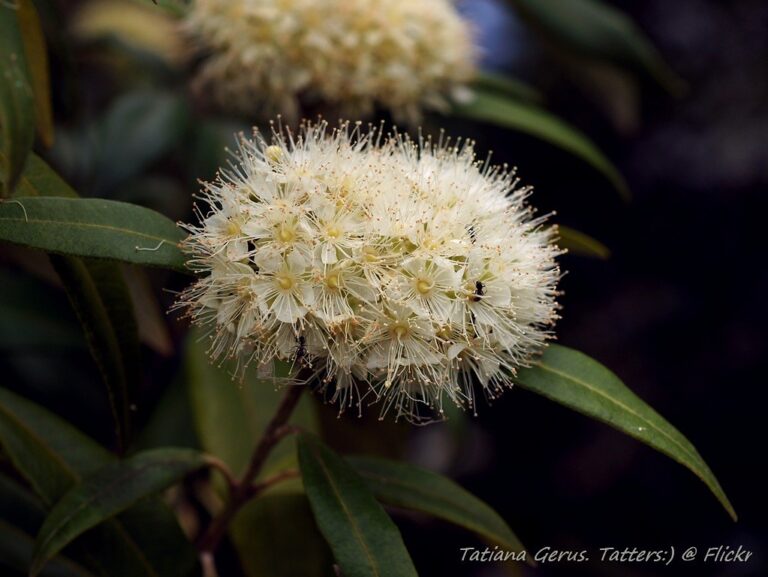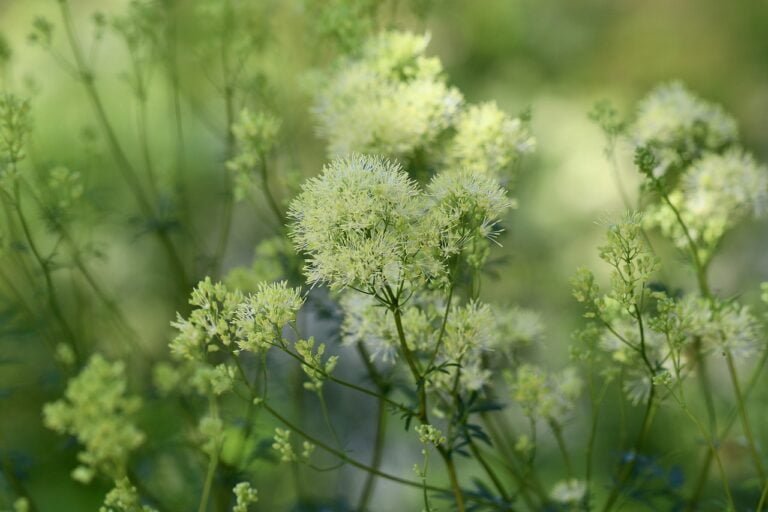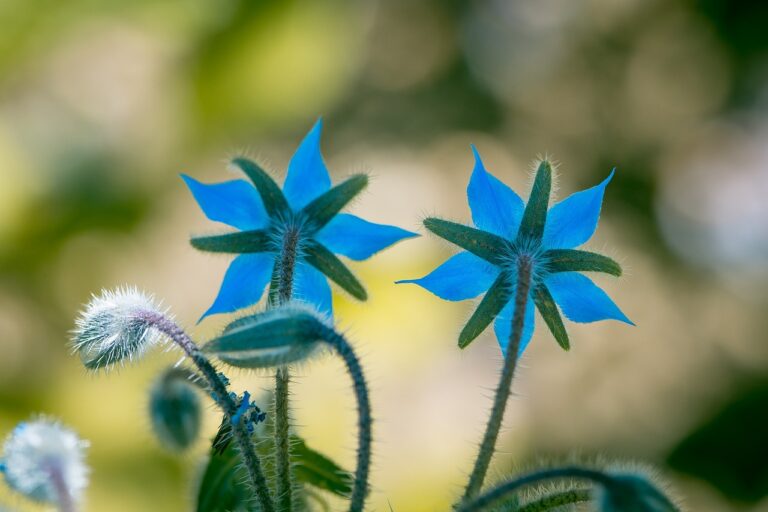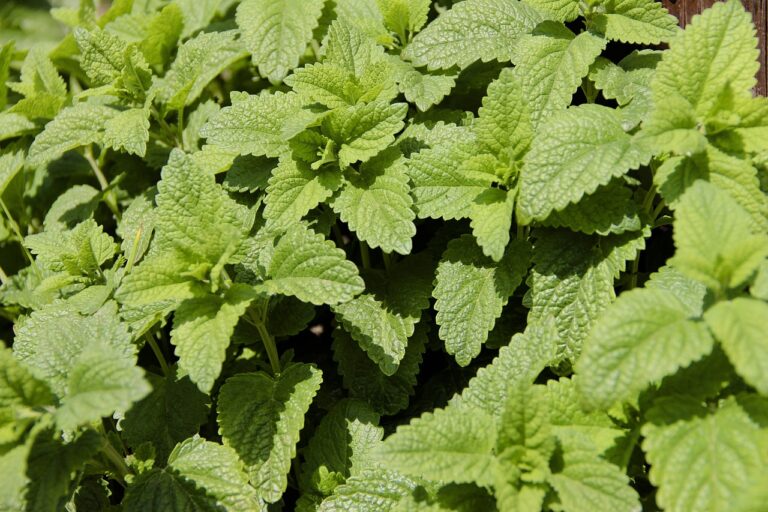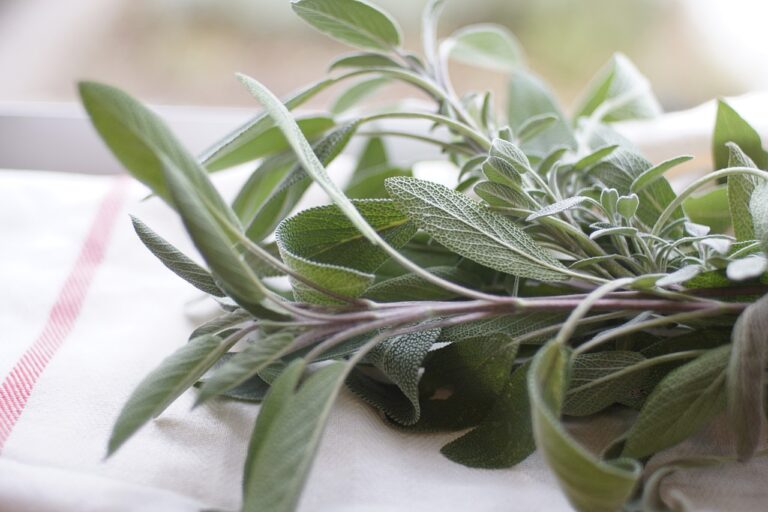Elsholtzia Ciliata
Elsholtzia ciliata, also known as Vietnamese Balm, is a herbaceous plant found in Asia, India, North America, and Europe. It thrives in various environments like riverbanks and forests. With lemon-scented leaves, it belongs to the mint family, growing up to 80 cm tall. Vietnamese Balm is treasured in Vietnamese cuisine for its tangy flavor in salads and teas. Traditional Chinese medicine values it for its healing properties. Cultivate it in well-drained soil for best growth. This versatile plant offers not just culinary delights but also potential medicinal benefits.
Distribution and Habitat
Elsholtzia ciliata, a plant indigenous to Asia, has effectively established itself in regions such as India, North America, and Europe due to its flexible nature. As a Vietnamese endemic plant, it has demonstrated an impressive capacity to thrive in different habitats, ranging from riverbanks to forests and hills. This flexibility has contributed to its extensive distribution beyond its original range.
In India, Elsholtzia ciliata can be found in various regions, often growing abundantly along riverbanks and in wooded areas. Its presence in North America is remarkable, especially in states like Connecticut, where it is labeled as a troublesome weed because of its invasive characteristics. In Europe, this herbaceous plant has also left its mark, adjusting to diverse environmental conditions.
The herb typically grows upright, reaching heights of 30–50cm, with plain leaves that are arranged opposite each other along the stem. These leaves have toothed edges, enhancing the plant’s distinct appearance. Elsholtzia ciliata’s capacity to establish itself in diverse habitats highlights its resilience and adaptability, making it a successful colonizer in regions far beyond its native range.
Description
Characterized by its distinct aromatic profile and unique morphology, Elsholtzia ciliata, commonly known as Vietnamese Lemon or Vietnamese Balm, is a herbaceous plant native to Asia. This plant features bright green leaves with serrated edges, giving it an attractive appearance. The leaves are lanceolate, meaning they are long and slender with a pointed tip, creating a visually appealing contrast against the serrated edges. The leaves emit a strong lemony scent when crushed, which is where it gets its common name of Vietnamese Lemon.
Elsholtzia ciliata belongs to the mint family, Lamiaceae, and typically grows to a height of around 30-80 cm. The plant has a bushy growth habit, with multiple stems emerging from the base. The stems are sturdy and slightly hairy, adding to the texture of the plant. The leaves are arranged oppositely along the stems, further enhancing its aesthetic appeal.
Culinary Uses
I find Elsholtzia ciliata to be a flavorful culinary herb with versatile seasoning properties. Its tangy, lemony taste adds a unique dimension to salads, garnishes, and teas. When harvested as needed, this herb can provide a fresh burst of flavor in Vietnamese dishes.
Flavorful Culinary Herb
In culinary applications, Vietnamese Balm stands out for its tangy and lemony flavor profile, making it a popular choice for enhancing various dishes. This herb, also known as Lemon Balm, is native to Vietnam and is characterized by its bright green, serrated leaves that exude a invigorating taste. Commonly utilized in Vietnamese cuisine for salads, garnishes, and teas, Vietnamese Balm adds a unique zesty touch to culinary creations. Growing best in well-drained soil, this herb is easily cultivated and can be harvested as needed, providing a convenient source of flavor for home cooks. With a height ranging from 30-50cm, Vietnamese Balm thrives in moist conditions, making it an adaptable and favored herb for culinary enthusiasts seeking a citrusy flavor infusion.
Versatile Seasoning Ingredient
With its lively citric notes and aromatic essence, Vietnamese Balm, also known as Elsholtzia ciliata, serves as a versatile seasoning ingredient that enriches a wide array of culinary dishes. This culinary herb is a staple in Vietnamese cuisine, prized for its tangy, zesty flavor that adds a invigorating and fragrant touch to salads, garnishes, and teas. Elsholtzia ciliata thrives in well-drained soil and can be conveniently harvested as needed for cooking or garnishing purposes. Its bright green, saw-edged leaves provide a distinctive appearance, making it a popular choice for seasoning various dishes. Due to its easy cultivation and unique flavor profile, Elsholtzia ciliata is an essential herb for infusing Vietnamese flair into a diverse range of culinary creations.
Traditional Medicine Uses
Elsholtzia ciliata, a herb with a rich history in traditional Chinese medicine, showcases a diverse array of healing properties. Throughout the years, this plant has been utilized for its carminative and astringent qualities. Modern research has explored the pharmacological activities of Elsholtzia ciliata, shedding light on its potential benefits in areas like antioxidant, anti-inflammatory, and antimicrobial effects.
Healing Properties Overview
Known for its extensive traditional medicinal uses, Vietnamese Balm, scientifically referred to as Elsholtzia ciliata, exhibits remarkable healing properties, particularly in treating gastrointestinal issues and skin conditions.
- Gastrointestinal Health: Valued for its carminative and astringent properties.
- Anti-inflammatory Effects: Believed to alleviate symptoms of colds and fevers.
- Skin Conditions: Used topically to promote wound healing.
- Versatile Herb: Considered to have various therapeutic benefits for overall well-being.
These properties make Elsholtzia ciliata a versatile herb in traditional medicine, offering a holistic approach to healing various ailments. Its effectiveness in addressing gastrointestinal problems, skin issues, and inflammatory conditions has made it a valuable component in herbal remedies for centuries.
Historical Medicinal Applications
Having a rich history in traditional Asian medicine, the historical medicinal applications of Elsholtzia ciliata date back centuries, displaying its varied therapeutic uses. In traditional medicine, this plant has been valued for its carminative properties, aiding in the reduction of gas in the digestive system. Additionally, Elsholtzia ciliata is renowned for its astringent qualities, which contribute to tightening and toning tissues. Within Chinese medicine, it has been utilized for addressing various health conditions. The plant’s historical applications include anti-inflammatory effects, combating microbial infections, and exhibiting hypolipidemic activity. Through centuries of use, Elsholtzia ciliata has established itself as a valuable botanical resource in the field of traditional medicine, offering a spectrum of beneficial properties for human health.
Modern Research Findings
Research findings on the modern applications of Elsholtzia ciliata in traditional medicine reveal its potent antioxidant, anti-inflammatory, and antimicrobial properties.
Key Research Findings:
- Antioxidant Activity: Elsholtzia ciliata shows strong antioxidant effects, which can help combat oxidative stress and protect cells from damage.
- Anti-Inflammatory Properties: The plant exhibits significant anti-inflammatory properties, making it a potential natural remedy for inflammatory conditions.
- Antimicrobial Effects: Elsholtzia ciliata contains compounds like carvacrol that contribute to its antimicrobial effects, showing promise in fighting against various bacteria and fungi.
- Therapeutic Potential: Studies highlight the therapeutic potential of carvacrol as the main antibacterial active ingredient in Elsholtzia ciliata, emphasizing its importance in modern medicine.
Cultivation
How can Elsholtzia ciliata be effectively cultivated to maximize growth and yield potential in various settings? Elsholtzia ciliata, commonly known as Vietnamese balm, is a versatile herb that can be cultivated in open fields or containers, making it adaptable to different growing environments. When cultivating this herb, it is important to take into account its plant height, which typically ranges from 30 to 80 centimeters, and adjust spacing accordingly to promote ideal growth and airflow between plants.
To begin cultivation, seeds can be sown indoors before the last frost or directly outdoors after the danger of frost has passed. This timing ensures successful germination and establishment of the plants. When selecting a planting site, it is vital to choose a location with well-drained soil to prevent waterlogging, which can lead to root rot.
Proper watering is essential for the healthy growth of Elsholtzia ciliata. During germination, it is recommended to keep the soil consistently moist without overwatering. As the plants mature, adjust the watering frequency based on weather conditions and soil type to maintain ideal moisture levels.
Whether grown in gardens or containers, indoors or outdoors, Elsholtzia ciliata is a low-maintenance herb that offers convenient access to its culinary and medicinal benefits. By following these cultivation practices, growers can maximize the growth and yield potential of this versatile herb.
Gallery
Moving from the growth of Elsholtzia ciliata to exploring its visual allure, the Gallery showcases the lively characteristics and various growth patterns of this herbaceous plant. As I investigate the visual aspects of Elsholtzia ciliata, its vibrant features come to life, highlighting a plant that not only thrives in culinary use but also in aesthetic appeal. Here are some key points to ponder when admiring the Vietnamese Lemon Mint in the Gallery:
- Distinctive Leaves: The foliage of Elsholtzia ciliata is a striking bright green, with serrated edges that add an intricate texture to the plant’s overall look.
- Compact Growth: This herbaceous plant typically grows upright, reaching heights of 30-50cm, making it a visually pleasing addition to gardens or landscapes.
- Tangy Aroma: The Lemon Mint variety of Elsholtzia ciliata offers more than just visual appeal. Its leaves emit a tangy, lemony fragrance that contributes to its charm in both culinary and ornamental settings.
- Culinary Delight: Widely used in Vietnamese cuisine for its unique flavor, incorporating Elsholtzia ciliata in dishes not only adds visual interest but also enriches the taste profile with its citrusy notes.
Exploring the Gallery of Elsholtzia ciliata provides a deeper understanding of its beauty and versatility, making it a captivating herbaceous plant with both visual and culinary appeal.
References
In the domain of botanical literature, relevant references serve as pillars for anchoring the knowledge base on Elsholtzia ciliata. The plant’s significance in Vietnamese cuisine underscores the need for well-documented sources to understand its culinary, medicinal, and ecological roles. Works such as ‘A Thorough Guide to Vietnamese Herbs’ by Nancie McDermott dive into the traditional uses of ciliata (Thunb.) and its integration into local dishes, offering insights into its flavor profile and culinary applications. Moreover, scientific journals like ‘Pharmacological Activities of Elsholtzia ciliata’ by Nguyen et al. provide detailed investigations into the pharmacological properties of the plant, shedding light on its antioxidant, anti-inflammatory, and antimicrobial effects. These references not only enrich our understanding of ciliata but also highlight its potential in pharmaceutical research and development.
Additionally, botanical texts like ‘Flora of Vietnam‘ by A. J. Creveld encompass detailed descriptions of Elsholtzia ciliata, offering botanical enthusiasts a comprehensive account of its morphology, distribution, and taxonomic classification. This foundational reference work aids in the accurate identification and classification of ciliata within the botanical domain. Regulatory documents such as the ‘Connecticut Invasive Plant List‘ provide insights into the plant’s status as a noxious weed in certain regions, emphasizing the importance of managing its growth and spread. By synthesizing information from these diverse references, a holistic understanding of Elsholtzia ciliata emerges, highlighting its multifaceted significance in various spheres.

